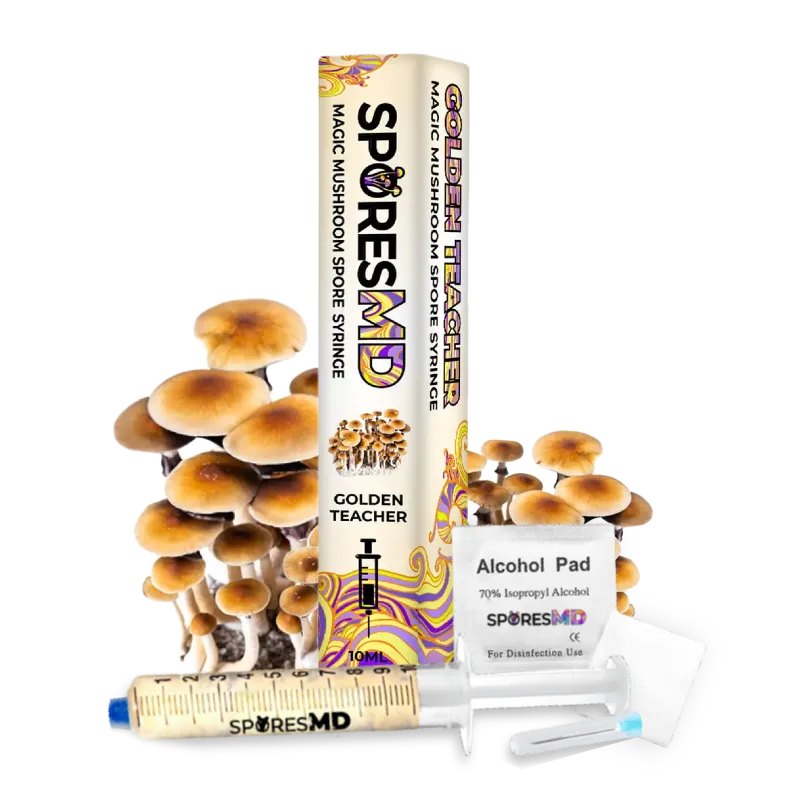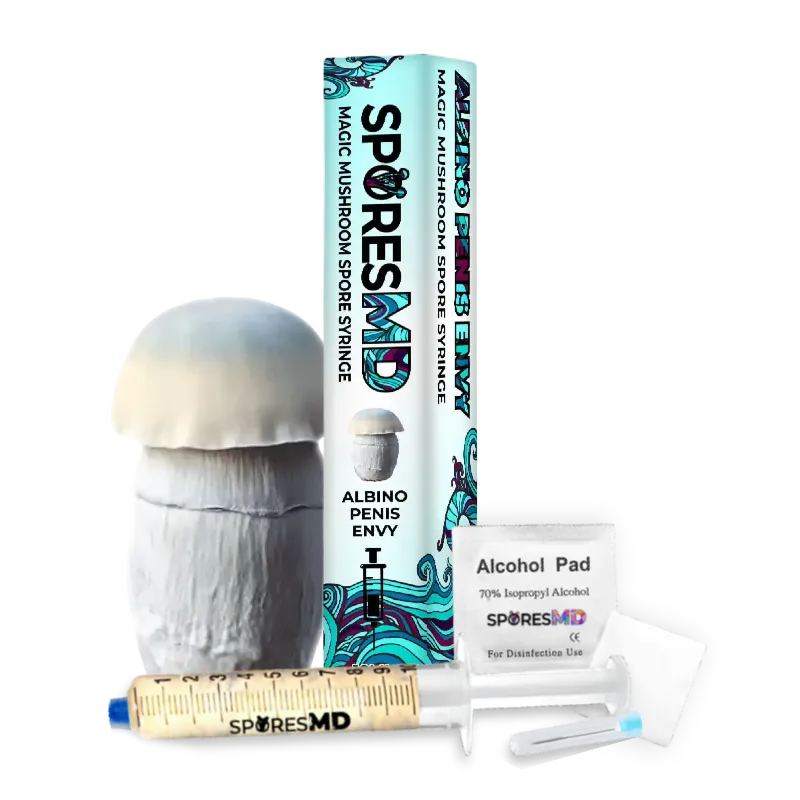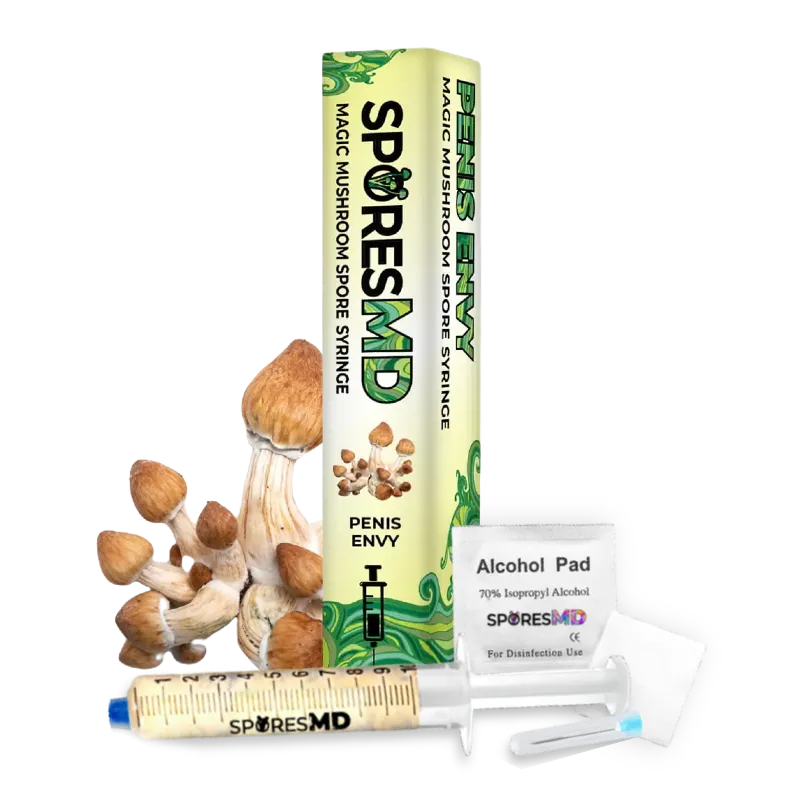Mushroom spores are resilient. They can survive harsh conditions. But some things can kill them. Heat is a big one. High temperatures destroy spores quickly. UV light also works. It breaks down their structure. Chemicals like bleach and hydrogen peroxide are effective too.
Understanding what kills mushroom spores is essential. Whether you’re a gardener or dealing with mold, knowing these methods helps. You can protect your plants or clean your home better. Let’s dive into how these killers work and why they’re so effective.
Key Takeaways
- Heat and UV Light: High temperatures (above 140°F) and UV light effectively destroy mushroom spores by breaking down their structure.
- Chemical Agents: Bleach, hydrogen peroxide, vinegar, baking soda, and dish soap are potent chemicals that kill spores through oxidation and pH alteration.
- Physical Removal: Manually removing mushroom bodies and using solutions like vinegar, baking soda, and dish soap can prevent spore regrowth.
- Fungicides: Commercial fungicides are useful but may not address underlying soil issues, making comprehensive lawn care essential.
- Biological Control: Beneficial bacteria and competitive fungi like Trichoderma can naturally inhibit mushroom spore viability by breaking down spore walls and outcompeting them for resources.
- Preventive Measures: Proper storage of gardening materials, thorough handling techniques, and soil maintenance practices such as aeration and improved drainage prevent spore proliferation.
Factors Affecting Mushroom Spore Viability
Environmental factors and chemical exposures significantly impact mushroom spore viability. These elements either promote or hinder spore survival.
Environmental Conditions
Temperature extremes affect mushroom spore viability. High temperatures, particularly above 140°F, kill spores. UV light from the sun sterilizes exposed spores, reducing their viability. High humidity levels promote spore germination, while low humidity desiccates them, rendering them nonviable. Soil pH also plays a role; acidic or highly alkaline conditions can inhibit spore growth.
Chemical Exposures
Certain chemicals effectively kill mushroom spores. Bleach, a common disinfectant, destroys spore cell walls through oxidation. Hydrogen peroxide oxidizes organic material, disrupting spore integrity. Vinegar, specifically horticultural vinegar, changes the pH of the environment, killing spores. Baking soda creates an inhospitable environment by raising soil pH, and dish soap helps penetrate and break down spore membranes. Commercial fungicides target fungi specifically, though long-term effectiveness may vary.
Common Methods to Eliminate Mushroom Spores
To kill mushroom spores, understanding physical removal techniques and fungicide applications is crucial.
Physical Removal Techniques
Physical removal techniques ensure thorough eradication of mushroom spores from soil surfaces. Start by manually removing visible mushroom bodies. Scoop them out, ensuring you dig up the base to prevent regrowth. Dispose of these bodies in sealed bags to stop spore dispersal. Follow these steps for enhanced effectiveness:
- Vinegar Solution: Mix 4 parts water with 1 part horticultural vinegar in a spray bottle. Mist the soil where mushrooms emerged. Continue for 5 days to prevent regrowth.
- Baking Soda: Dissolve 2 tablespoons of baking soda in a gallon of water. Aerate the soil around the mushrooms and pour the baking soda solution over and around the area. Allow it to drain freely.
- Dish Soap: Mix 1-2 tablespoons of dish soap into 3 gallons of water. Pour the soapy water over the mushrooms, ensuring the soil is well-aerated for proper drainage.
Use of Fungicides
Using fungicides provides a chemical approach to killing mushroom spores. Although effective, this method may not address underlying issues:
- Commercial Fungicide: Apply commercial fungicide to eliminate mushroom fruiting bodies. Follow product instructions for application rates and methods. While this targets surface growth, it often doesn’t solve root causes like poor soil health.
- Prevention: Maintain a healthy lawn to prevent mushroom growth. Essential practices include:
- Clearing organic matter
- Dethatching
- Improving drainage
These methods ensure comprehensive spore elimination, promoting a healthier environment.
Natural Enemies of Mushroom Spores
Understanding natural enemies of mushroom spores helps enhance control methods. These natural adversaries target spores, disrupting their lifecycle effectively.
Bacterial Interaction
Bacteria play a significant role in combating mushroom spores. Specific bacteria secrete enzymes that break down spore walls, inhibiting germination. For example, Pseudomonas species produce antifungal compounds that directly attack spores. You can promote bacterial activity in your soil by introducing compost and organic matter, which encourages beneficial bacteria to thrive.
Competitive Fungal Species
Certain fungi can outcompete mushroom spores for nutrients and space. Mycoparasitic fungi, such as Trichoderma, colonize the same substrate and secrete enzymes and toxins that inhibit spore development. Trichoderma species are often used in agricultural settings to suppress pathogenic fungi. Introducing such competitive fungi to your soil or compost can help in naturally reducing mushroom spore viability.
Preventive Measures and Handling Advice
To effectively combat mushroom spores, leveraging an array of preventive measures and handling techniques is crucial.
Proper Storage
Properly store gardening materials (and mushroom spore syringes) to deter spore proliferation. Keep soil, compost, and mulch in dry, well-ventilated areas. Use airtight containers for smaller batches of organic material. Maintain low moisture levels to prevent favorable conditions for mushroom spores. Regularly inspect the storage areas for any signs of mold or fungi.
Handling Techniques
Employ comprehensive handling techniques to manage mushroom spores. Use disposable gloves and masks when dealing with affected areas to avoid spore inhalation and skin contact. Sterilize tools and equipment after each use by soaking them in a 10% bleach solution for 10 minutes. Dispose of infected plant material in sealed plastic bags to prevent spore spread. Implement soil aeration and ensure proper drainage around affected zones to disrupt spore lifecycle.
Conclusion
Understanding what kills mushroom spores is crucial for effective gardening and mold control. By combining methods like heat, UV light, and chemical solutions with natural adversaries such as bacteria and competitive fungi, you can disrupt the spores’ lifecycle effectively. Preventive measures, including proper storage, tool sterilization, and using protective gear, further enhance your ability to manage and prevent spore spread. Implementing these strategies ensures a healthier environment for your plants and reduces the risk of unwanted fungal growth.

![7 Effective Methods to Kill Mushroom Spores [Proven Techniques]](https://sporesmd.com/wp-content/uploads/2024/02/what-kills-mushroom-spores-featured-image.webp)



